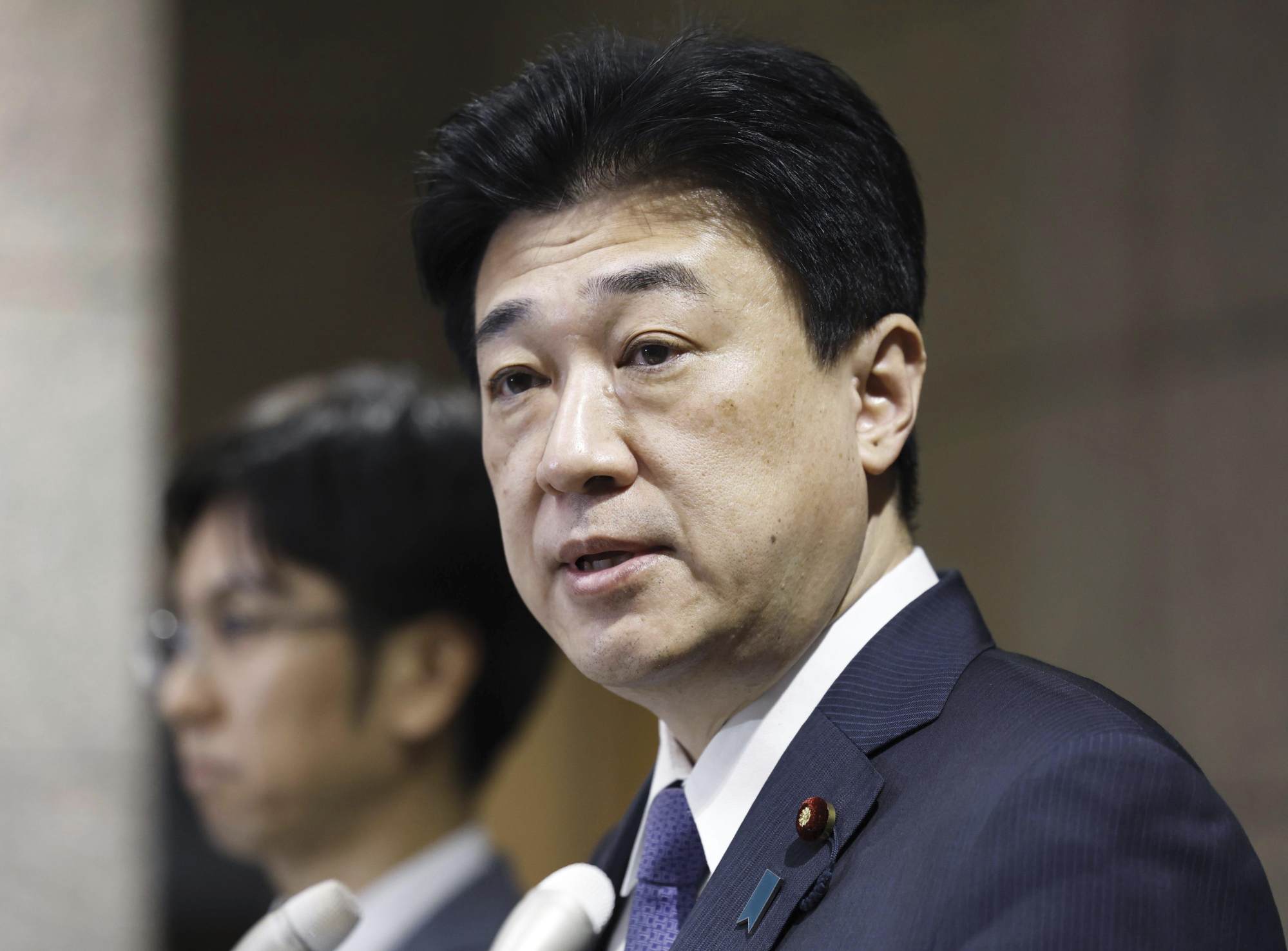More than six weeks after it appeared online, Japanese Defence Minister Minoru Kihara finally confirmed that the footage was real, dismissing earlier theories that it had been faked using artificial intelligence.
Speaking to reporters in Tokyo on Friday, Kihara said the intrusion posed a serious security threat.
“We are taking the findings extremely seriously,” he said. “If drones harm defence facilities, it could cause serious disruptions to the defence of our country.”

Kihara said it was critical that new defences be developed and deployed to deal with the threat posed by drones, adding that measures would be implemented to step up defences around military facilities.
“It appears that, at the moment, there is no steady mechanism, either technological or physical, to prevent drones from flying over the Yokosuka base,” security specialist Mulloy said.
He said Japan would have been “embarrassed” by the incident and the US military would undoubtedly inquire about the measures being taken to prevent a recurrence – although it is understood that halting all such airborne intrusions is currently almost impossible.

Though most aerial intrusions are caused by amateur aviation enthusiasts, Mulloy said the security breach at Yokosuka indicated what might happen if such a drone was being used for nefarious purposes by an enemy.
“There is also a safety issue if a helicopter was operating in the area and while the operator this time did not do anything particularly dangerous, an enemy could use ordinance to damage the ship.”
Stopping drones from accessing military bases is a challenge, according to Malloy. Signal jamming can be used against them, but this has the unwanted side effect of interfering with legitimate communications. Physical barriers, such as netting, are not always effective and can be cumbersome.
There have also been incidents involving unauthorised drones at Haneda and Narita airports, which serve Tokyo, while there are unconfirmed reports that Japan’s nuclear power plants have defences against drone attacks.
Ryo Hinata-Yamaguchi, an assistant professor of international relations at the University of Tokyo, said the problem with drones was that the technology was now widely accessible and anyone could pilot one.
“The government needs to be much clearer on the rules for operating drones and the physical parameters on where they can be flown need to be enlarged,” he said. “It looks like this incident was not all that dangerous, but it might be the next time. There needs to be better surveillance and patrols, and more signs telling drone users what is permitted.”
“But my concern is why it has taken the Japanese government so long to say anything about this,” he told This Week in Asia. “This happened more than a month ago, so what have they been doing since? There needs to be a response to make sure this does not happen again.”
“I do not intend to provoke an international conflict,” he told the outlet. “I just did it for fun.”
Mulloy argued that Chinese authorities might interpret the man’s actions differently if he had attempted to breach the perimeter of a Chinese naval base and fly a drone along the length of an aircraft carrier.
“Something tells me that he would not even try to do that,” he said.


